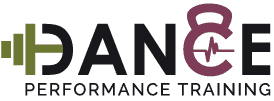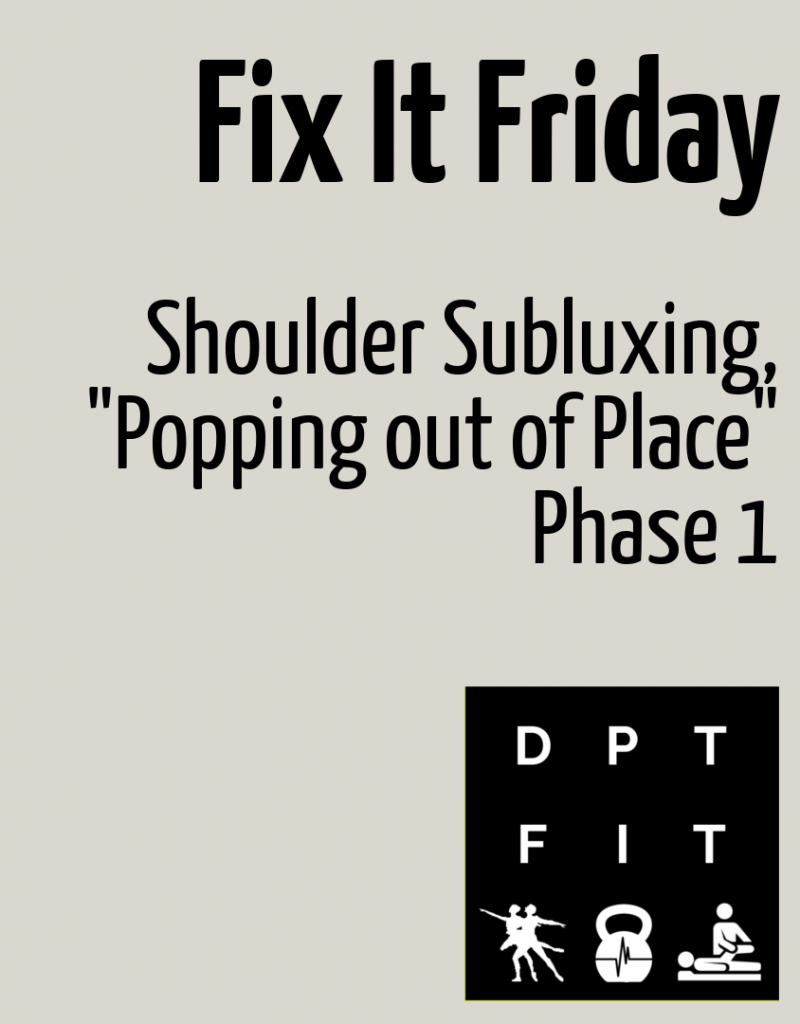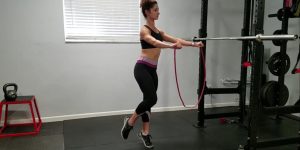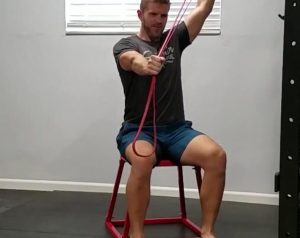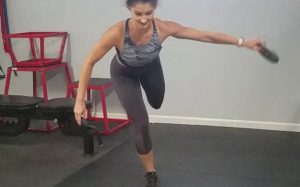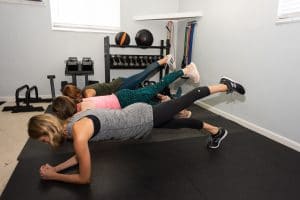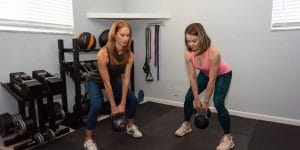Fix It Friday will feature common injuries in dancers with a few tips to improve or prevent them!
Simple starter guide to help stabilize that shoulder, improve posture, & decrease pain! Check back in 2 wks for the next phase.
Band Internal Rotation: Most important, keep shoulder pulled back & down, then walk away from anchor until good resistance. Slowly pull forearm in, not letting upper arm move up/down. Slowly return to start. Repeat for 10-20 reps.
Band External Rotation: Again keep shoulder & upper arm position. Walk out until a bit challenging. Again, slow & controlled 10-20 reps.
External Rotation Walkouts: Set the shoulder as before. Now keep your forearm perpendicular to the body, straight out in front with elbow at your side. Don’t let your arm rotate towards your body as you walk out, hold it still. Walk as far out as you can until the resistance is too much. Hold there 5 seconds. Repeat for 5 walks (out and in).
Scapula (Shoulder Blade) Squeeze: You need to master control of the scapula moving independently from the rest of your body. With head, arms, & upper back still, pull your scapula back/down. Hold 5 seconds, then relax. Repeat 5-10 times. Once mastered (1-2 weeks, more if needed), you can eliminate this from the program as all the other exercises incorporate this.
Band Pull-apart: Hold band with palms up in front of body. Focus on scapular movement (pulling them back together/down). The arm shouldn’t be able to stretch back behind your body. If so, your grip is too wide, hold closer together so that just barely able to get arms back in line with your body. 15-20 reps.
Every exercise should feel hard, but not impossible. Start with higher reps, working more resistance, to the lower of the rep range.
Repeat this circuit 3 times 4-5 times a week initially. Can decrease to 2-3 times per week when shoulder feeling better, then move on to phase 2. If pain or popping in the shoulder, could be more going on and should stop the exercise.
This is not medical advice. This is general exercises for mild shoulder issues. Please seek professional advice for injuries or pain persisting over time. If general exercise gives you pain, you likely need more specific and direct attention. Take care of your body.
To keep up with our vides, follow along here or on any of our social media platforms.
Scott DPT
#BeyondCrunchesandPilés
